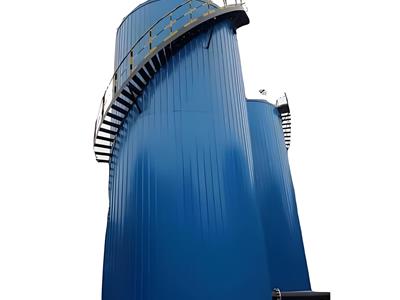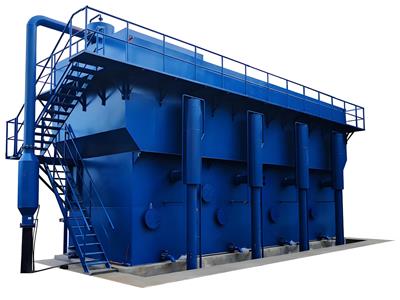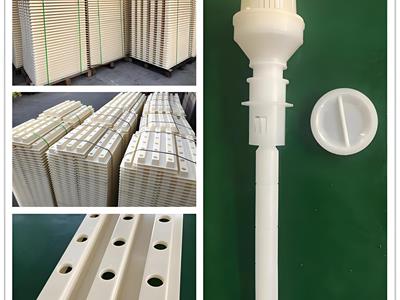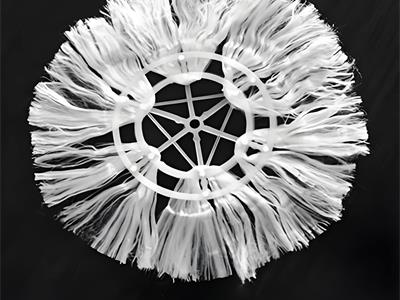- 2025-07-09
Active groups (ion exchange functional groups)
Some articles state that "lively metals in the lower left corner" (such as Na/K) are unrelated to the functional groups of the resin. In practical applications:
Active groups (ion exchange functional groups)
Active groups refer to the non-movable functional groups immobilized in ion exchange resins through covalent bonds, with the following characteristics:
Structural features
Cationic resins: Strong acid type sulfonic acid group (—SO₃⁻), weak acid type carboxyl group (—COO⁻)
Weakly basic anion exchange resin: quaternary ammonium type (—N⁺(CH₃)₃), weakly basic amine type (—NH₂)
Electrochemical behavior
Bound to exchangeable counter-ions (such as H⁺/Na⁺/Cl⁻) through electrostatic attraction
Maintains charge neutrality in accordance with the Donnan equilibrium principle
Ion exchange selectivity rules
Resin type Active group pKa value Cation selectivity order Anion selectivity order
Strong acid cation resin <1.0 Fe³⁺>Al³⁺>Ca²⁺>Mg²⁺>K⁺>Na⁺ -
Strong base anion resin >13.0 - SO₄²⁻>NO₃⁻>Cl⁻>HCO₃⁻
Technical Key Points
■ Correction of Element Reactivity Misconceptions
Exchange potential of sodium-type strong acid resin (—SO₃Na): Ca²⁺ (selection coefficient 5.2) > Na⁺ (1.0)
Hydrogen-type weak acid resin (—COOH) ionizes only when pH > 6
■ Industrial resin parameters
Exchange capacity: ≥4.2 mmol/g (strong acid resin GB/T 13659-2017)
Water content: 45-55% (crosslinking degree 7% DVB)
Particle size range: 0.3-1.2mm (uniformity coefficient ≤1.6)






